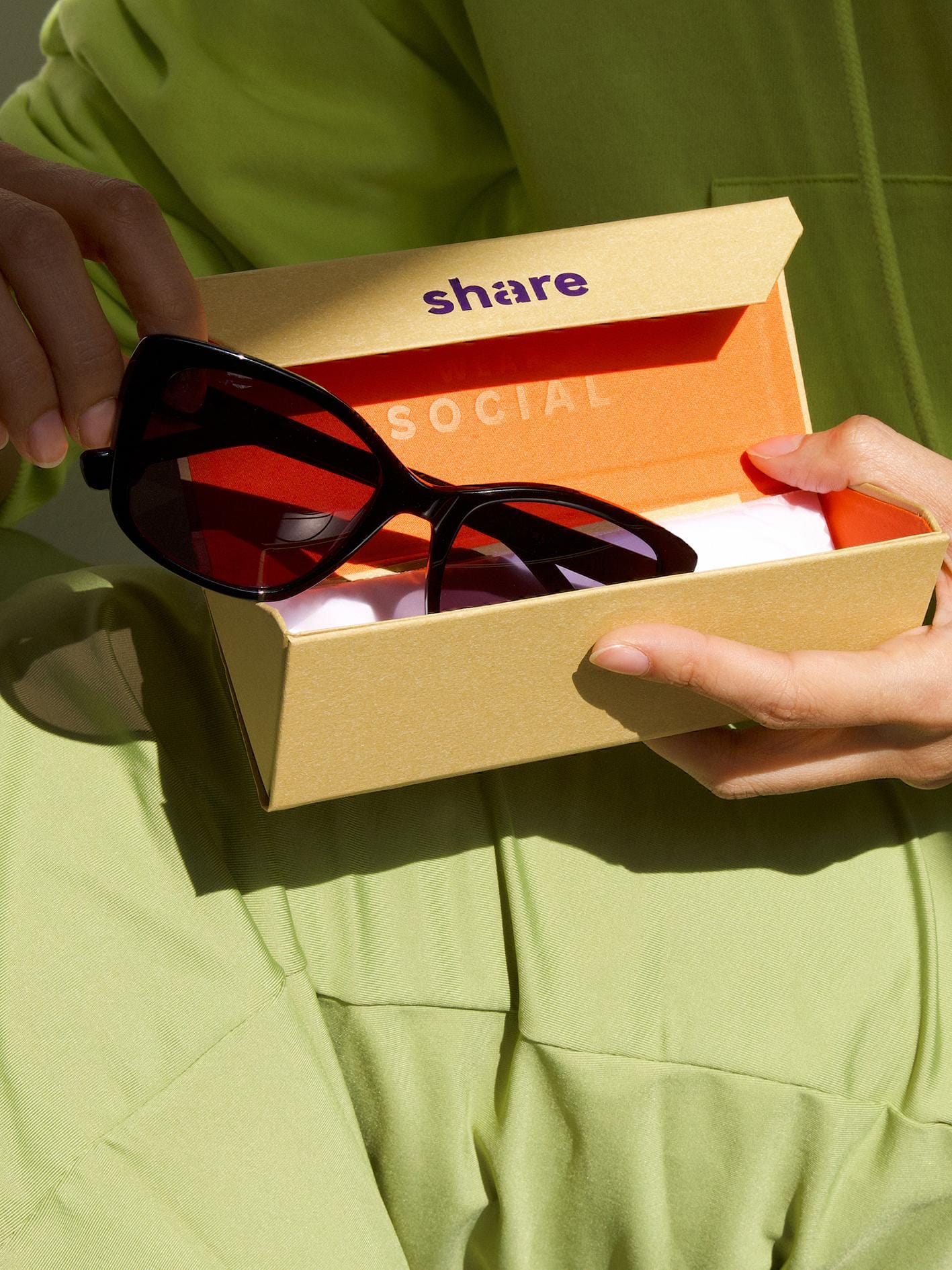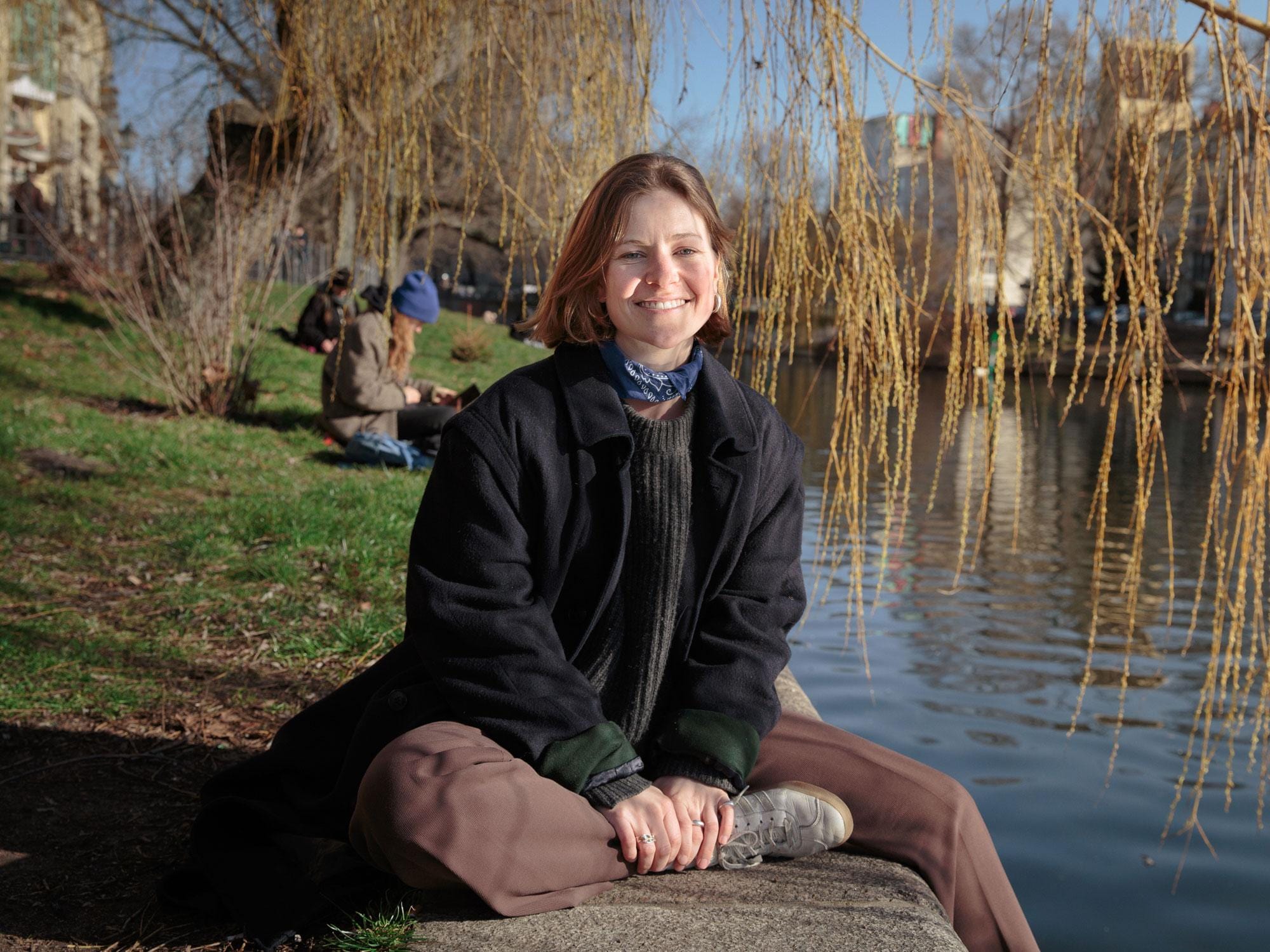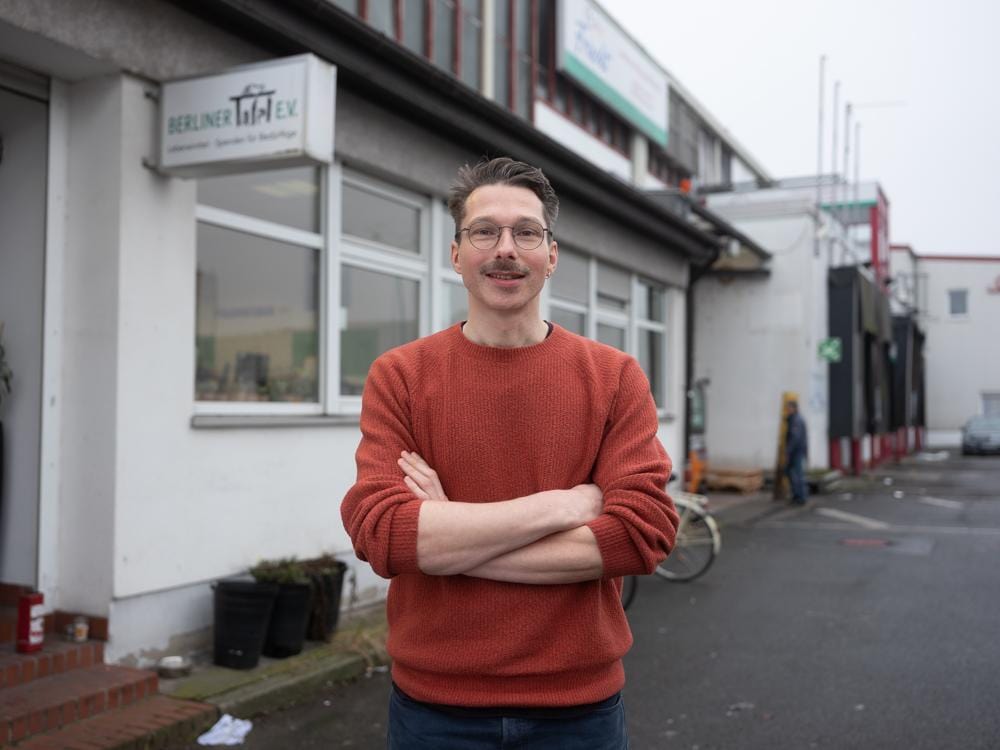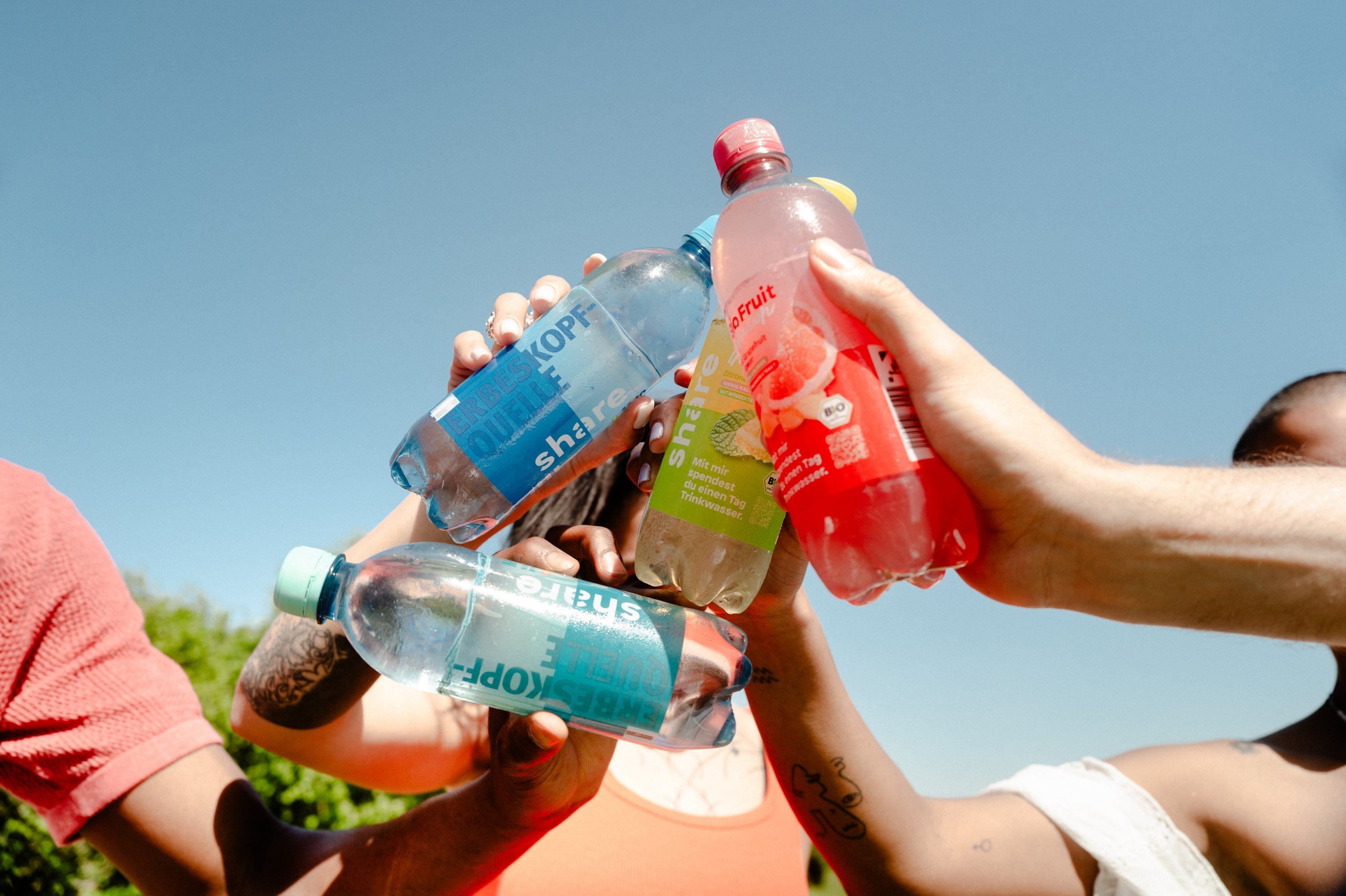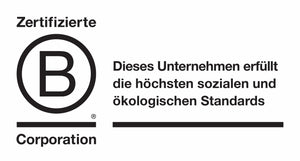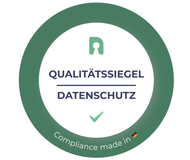According to the WHO, more than 950 million people worldwide currently have no access to optical care. Reasons for this include, for example, that people do not have enough money to buy glasses or there are simply no opticians nearby. Martin Aufmuth therefore invented the OneDollarGlasses , a cheap yet robust pair of glasses, in the workshop in the basement of his house. In 2012, the math and physics teacher founded the OneDollarGlasses eV and has since then ensured that people in countries in the Global South also have access to visual aids. We were able to talk to him about this great project, which you can also support by buying a pair of glasses from our new collection with Mister Spex , and of course we had some burning questions!
What was the beginning of EinDollarBrille eV and why have glasses become a matter close to your heart?
In 2010 I read in the book "Out of Poverty" by Paul Polak that one of the last great inventions for countries in the Global South was glasses that people who live on one dollar or less a day could afford. I thought briefly: It's a shame that this doesn't exist, the WHO or opticians' associations etc. should look into it and read on. The next day I happened to see a cheap Chinese ready-made reading glasses for 1 euro in the 1-euro shop in Erlangen! I thought it was strange that such cheap glasses exist in our rich Germany and not in Africa. I started researching, studied around 1,000 patents and began experimenting with different materials. The goal was glasses that were robust, very cheap to produce and looked good. The lenses should also be easy to replace. After a few months they were finished - the first one-dollar glasses, initially as simple glasses without folding temples...
The project name already reveals what it is about, but why glasses in particular, why are they so important in the Global South?
More than 950 million people in the world need glasses but cannot afford them. Children cannot learn, adults cannot work and provide for their families. According to a 2019 WHO study, the resulting global loss of income amounts to over USD 269 billion annually. We are actually trying to solve a global problem strategically. However, not with billions in development aid, but by building independent, social entrepreneurial structures.
The One Dollar Glasses consist of an extremely light, flexible and stable spring steel frame. Colored beads and shrink tubing give them an individual design. The One Dollar Glasses are manufactured on site on a simple bending machine that does not require electricity and can therefore also be used easily in poor rural regions of the Global South. The material costs for one pair of glasses are around 1 US dollar (including wire, lenses, shrink tubing and beads). The selling price is 2 to 3 local daily wages for a simple worker.
Glasses can be made in different sizes and for different pupil distances. The pre-ground lenses are made of plastic and are break- and scratch-resistant. The range consists of pre-ground lenses in strengths from -10 to +8 diopters (in increments of 0.5 diopters). The pre-made lenses can be clicked into the frame with a simple movement of the hand. The fastest glasses in the world are ready! Expensive milling machines and electricity for grinding the lenses are superfluous with this system.
How do the finished glasses get to the wearers? Who does the eye tests, who sells the glasses?
First of all, there is the sales concept: In the countries in which EinDollarBrille eV is active, many people do not have the money to travel into town or to the nearest clinic to buy glasses there. As part of eye camps - local campaigns in people's environments - the patients are tested on site in their everyday environment and immediately receive individually adjusted glasses. The EinDollarBrille eV teams bring glasses frames in different sizes and a box with the ready-ground lenses to the eye camps. This means that the glasses do not take long to adjust and many people can be supplied. This means that a second visit to the optician is not necessary, which would often not be possible anyway due to the costs. EinDollarBrille eV is also setting up additional sales channels in the project countries, such as its own shops or sales rooms in clinics and other institutions that already exist locally.
Then there are special training courses: For this purpose, EinDollarBrille eV has developed its own one-year training concept for best spherical correction in close cooperation with ophthalmologists and opticians. This training enables you to reliably find the best possible spherical lens during the eye test and to adjust the glasses expertly.
Likewise, women and men are trained locally in the production of OneDollarGlasses. After successful completion, the OneDollarGlasses producers can produce high-quality glasses frames themselves. Trained quality inspectors ensure the consistent quality of the locally manufactured glasses frames.

